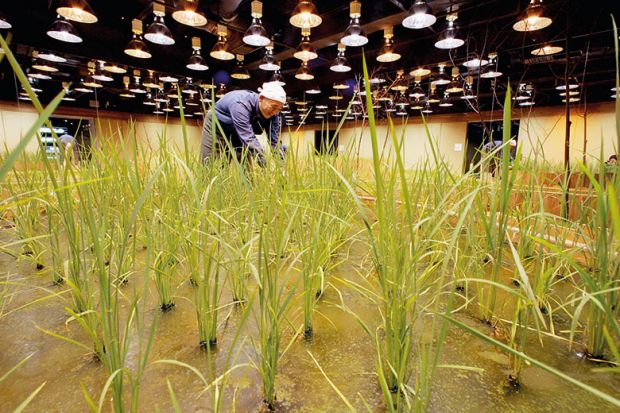A study of the world’s most prolific academic authors suggests that many of those named on an “implausibly” high number of papers each year are likely to have had limited involvement and do not meet traditional authorship criteria.
A search of Elsevier’s Scopus database by a group of three US researchers found that more than 9,000 individuals were named as published authors on at least 72 papers in the space of one calendar year between 2000 and 2016.
This is equivalent to publishing one paper every five days – “a figure that many would consider implausibly prolific”, John Ioannidis, Richard Klavans and Kevin Boyack write in Nature.
While they stress that there was “no evidence” to suggest that such authors were acting fraudulently, it led them to question whether the definition of authorship had changed in recent years.
Excluding academics who published in physics – accounting for 86 per cent of “hyperprolific” authors, as projects in high-energy and particle physics are typically done by “large international teams that can have upwards of 1,000 members” – and also those with Chinese and Korean names, on account of the limitations of bibliometric tools in disambiguating such names, the researchers had a remaining sample that they assessed for how often they met a set of traditional requirements for authorship, known as the Vancouver criteria. These guidelines, drawn up by the International Committee of Medical Journal Editors in 1988, state that authors should: play a part in designing or conducting experiments or processing results; help to write or revise the manuscript; approve the published version; and take responsibility for the article’s contents.
Of the 265 authors left in the pool, 81 were identified as hyperprolific in 2016, and a third of these answered the team’s questions.
Nineteen of the 27 conceded that they had not met at least one of the criteria more than 25 per cent of the time, while 11 said that they had not met two or more.
Professor Ioannidis, professor of medicine at Stanford University, said that there were large differences, “even between teams working within the same field”, over what constituted authorship.
While he said that he still believed that an author should fulfil the Vancouver criteria, Professor Ioannidis said that the findings highlighted a need to find ways “to attribute proper credit to people who do important work but may not meet classic definitions of authorship”.
“Idiosyncratic authorship rules seem to have been established in various fields, but these should be transparent and consistent,” he said. “We need to find ways to respect all contributions…however, given that authorship comes with responsibility, not just credit, sorting authorship and what it means has a central role for the integrity of each paper and of the research in general as well.”
Of the 265 hyperprolific authors examined, 50 were in the US – roughly proportionate to the country’s share of published science – while 28 were from Germany and 27 were from Japan, both nations that were overrepresented.
The most prolific author was materials scientist Akihisa Inoue, a former president of Tohoku University in Sendai, whose name appears on 2,566 papers published since 1976.




